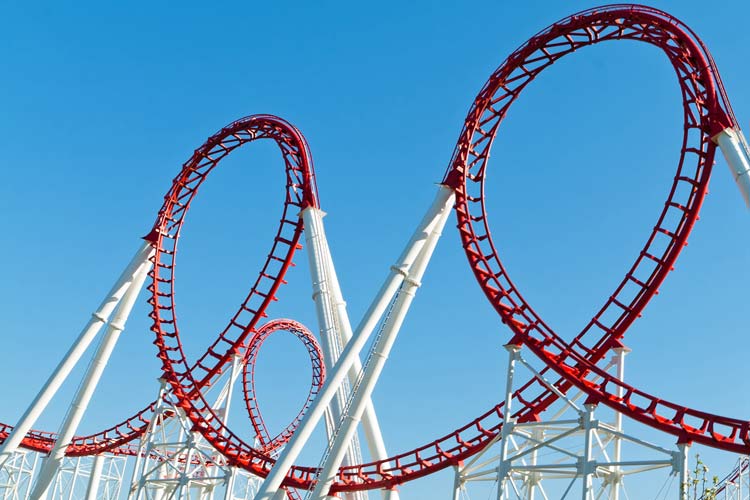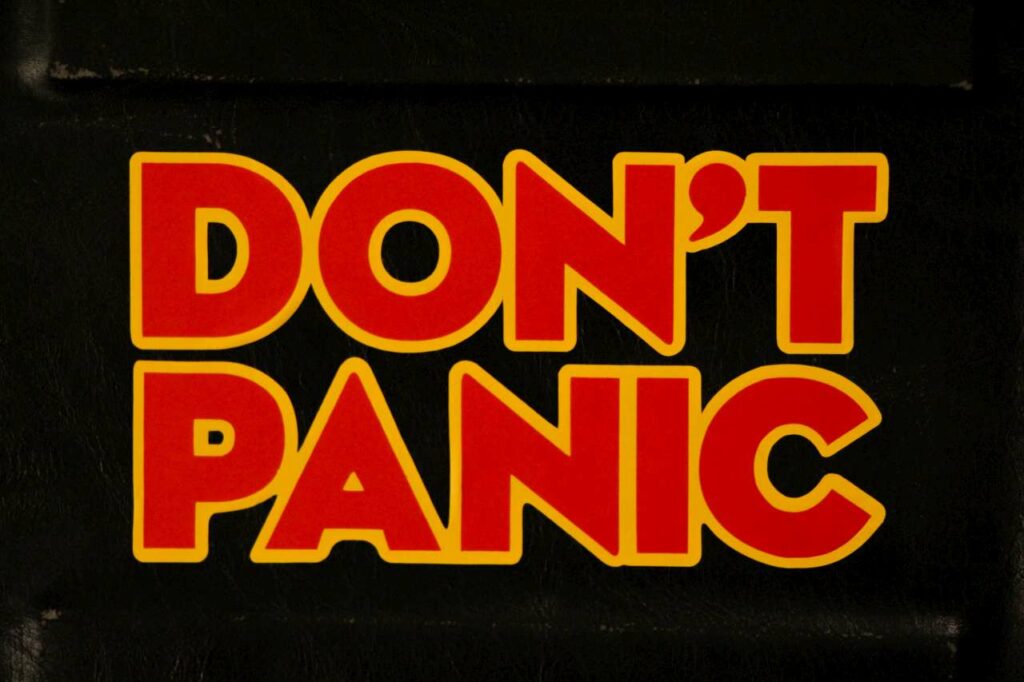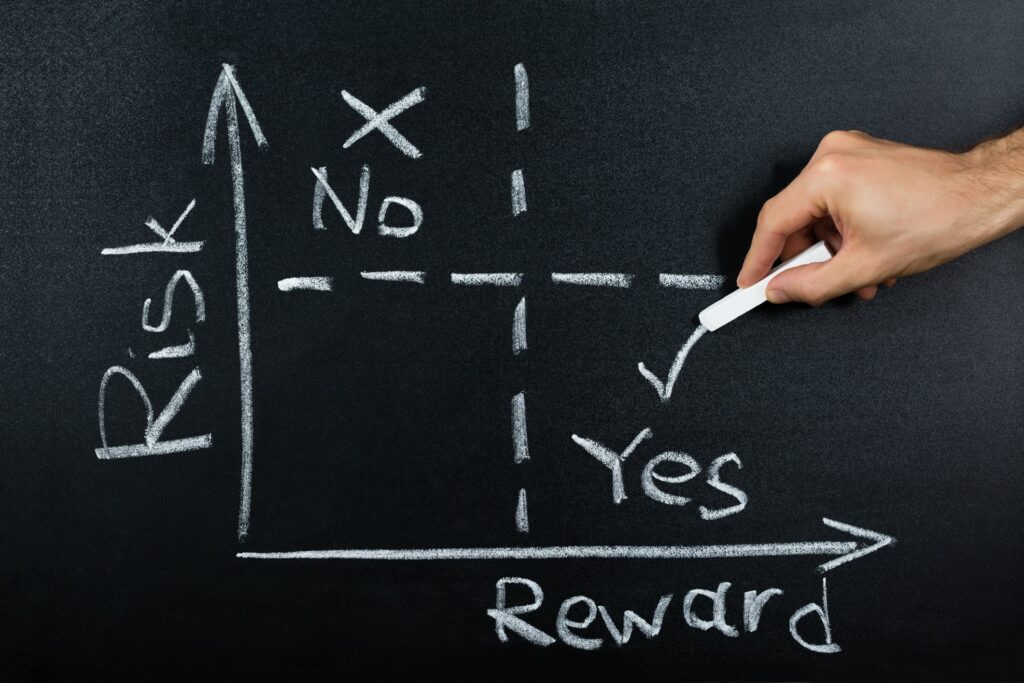Success in trading is always a challenge and can be difficult even with vast experience and a solid, structured training plan, that has been built over time and tested.
However, when markets shift to a more volatile phase, even the most experienced trader or investor can find successful trading and investing extremely difficult.
Here we are going to look at what an increase in volatility actually means, we are going to look at initially want to avoid doing, then we will take a look at how it is possible to build a framework to potentially profit from more volatile trading environments.
What is increased volatility and why does it occur?
Volatility is generally speaking why traders (as opposed to investors, which is longer-term) participate in markets. Volatility is inevitable, as it is the natural price action of financial markets to move up and down over the short-and intermediate-term. The Dow Theory concept of trend tells us that markets move in waves, and even the novice trader can see this by looking at a chart of n financial market’s price action.
Volatility is a statistical market measure of the tendency of a market or security to rise or fall sharply within a short period of time. It is usually a measure of the standard deviation of the return of an investment. Standard deviation signifies the amount of deviation (or variation) that can be expected.
When a market is more volatile it is usually reflected by lager and wider fluctuations in the price (plus, though this is not essential, heavier trading, that is larger volumes).

Higher volatility can occur in the very, very short term because of a very brief macroeconomic, fundamental or geopolitical event, it may simply be the release of an important piece of data, or an unexpected statement from a politician or central banker.
However, sometimes markets go into a period of sustained, increased volatility. This is generally driven by a sharp increase in uncertainty, sometimes because of a turning in the economic prospects of an individual economy or the global economy, but often because of an unexpected, external stochastic shock due to an unforeseen, geopolitical event.

Examples of period of increased volatility for global financial markets across asset classes would be the aftermath of the 9/11 attacks in New York in 2001, the aggressive movements particularly in the Japanese Yen in the wake of the Fukushima Daiichi nuclear power disaster in 2011, the uncertainty around the trade war and negotiations between the US and China in the summer of 2019, and more recently, global concerns and panic created by the spread of the COVID-19 coronavirus across the globe in 2020.

This increased volatility can make trading and investing extremely difficult, but not impossible and with the increase in price movements, there is potential for larger profits, but they should be balanced against the risk of potentially larger losses. Now we will look at how we can avoid potential disasters and significant losses.
Mistakes to avoid in volatile markets
- Don’t panic! When faced with markets beginning to behave with a sharp increase in volatility, traders can get overwhelmed quite quickly and make irrational decisions. The first thing to do is to take a breath, maybe halt your trading activity in the very short term and redefine your strategy and risk parameters.
- There can be a tendency to want to actually increase your trading activity (frequency) and your position sizing, to be able to make even bigger profits. This would be a significant mistake as the likelihood is you will simply endure larger losses. Remember, the increase in volatility should allow you to make larger profits anyway from the wider price movements, and you do NOT need to increase your trading positions or your trading frequency.
- Don’t risk more than you can afford to lose! This is a general rule anyway and traders should follow this in non-volatile markets. But when markets are volatile it is easy to become overwhelmed by emotion and potentially chase losses. This can quickly lead to even larger losses, so again, do not risk more than you can afford to lose!

Strategies and simple tips to benefit from volatile markets
- Because markets tend by definition to move more violently with increased volatility, it is often necessary to widen out the placement of the stop-loss.
- In turn, with the wider stop loss placement, the potential initial target for a trade should also be larger. For most traders, a minimal Risk Reward Ratio would be 2:1, but in more volatile markets it should be possible to aim for a larger Risk Reward Ratio.
- Given that the stock-loss placement is going to be wider and we are looking for a potentially bigger target, the next logical step is to reduce the position sizing. If you decide to double your stop-loss distance, then it clearly follows that to risk the same amount would require halving your position size. This calculation and application is critical to avoiding large losses and to benefit from potentially larger profits.
- Adapt your trading strategy. You do not necessarily have to abandon your previously, successful trading approach. But more volatile markets can sometimes deliver different price action, which may require adapting of entry points, stop-losses and target levels. You should also consider reviewing in-trade risk management processes and even the initial analysis and trade set ups.

Trading in choppy markets
The three main takeaways for adapting your trading strategy in markets that are extremely volatile:
- Stay calm, don’t panic. Reassess your trading approach.
- Consider widening stop-losses and target levels.
- BUT, 2. above can only be considered alongside a reduction in position sizing, so that the overall risk taking for each trade is NOT substantially increased!
Be careful out there and have a GREAT trading day!